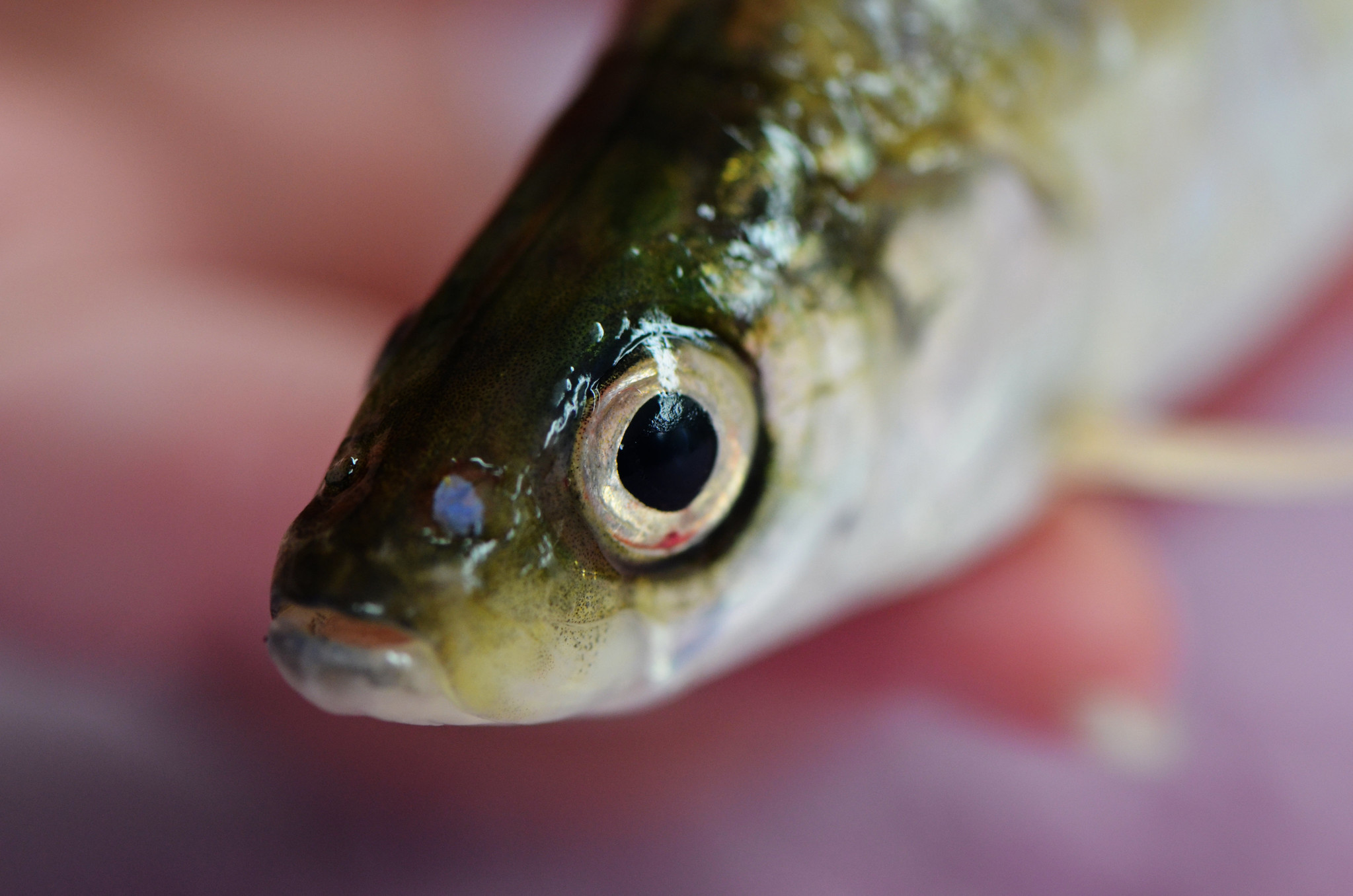The deepwater cisco, scientific name Coregonus johannae was one of the many largest ciscoes within the Great Lakes. Its common size was 30 cm (12 inches) and it was about 1.0 kilogram (2.2 pounds) in weight. Occurring solely in Lakes Huron and Michigan, and inhabiting waters between 50 and 150 meters deep, it was troublesome to tell apart from different ciscoes and was probably the identical species as the short jaw cisco (Coregonus zenithicus).
Deepwater cisco profile
The deepwater cisco was distinguished by often having fewer than 33-gill rakers, comparatively long pectoral fins, and unpigmented jaws. It was a silvery coloration with a pink or purple luster and a green or blue back. It spawned in August and September, sooner than most different ciscoes.
Not a lot is understood about its particular behaviors. Its weight loss plan consisted of Mysis relicta, fingernail clams, and numerous aquatic bugs. Because of its giant dimension, the deepwater cisco was closely fished commercially.
There are eight species of North American cisco, ray-finned salmonid fishes discovered within the Great Lakes, and of these, three at the moment are extinct.
The Deepwater cisco was noticed solely in Lake Huron and Lake Michigan and whereas there may be some discrepancy within the taxonomy between the completely different species, it was one of many largest ciscoes.
The fish was silvery in coloration with hints of pink and purple and with a green or blue back. Due to its dimension, it was overfished into extinction. The species was last seen in Lake Michigan in 1952.
Dorsal spines (complete): 0; Dorsal gentle rays (complete): 9-11; Anal spines: 0; Anal gentle rays: 10 – 16. Body elongate, reasonably compressed laterally.
Head comparatively long, snout slim, elongate; mouth terminal, decrease jaw often equal to the higher jaw however could also be longer or shorter. Overall coloration is silvery with pink iridescence. Pale blue or green on the back, turning into blue-green on the edges.
The ventral floor is silvery white. Pigmentation on premaxillae and on top of the top. Fins primarily clear or white, translucent, with frivolously scattered pigmentation, pelvic fins immaculate.
Other Recommended Articles
- Houndfish or Stick Fish (Tylosurus crocodilus)
- Why are Garfish Bones Green?
- Spotted Gar Care – What do you Feed Spotted Gar?
- Senegal Bichir – What Fish can Live with a Bichir?
- Bichir – Family | For Sale | Size | Types | Food
- Hoodwinker Sunfish – Mola Tecta | Size | Facts | Diet | Weight
- Barred bichir or Polypterus Delhezi
- Giant Oarfish – What is the Biggest Oarfish Ever Recorded?
- Ornate Bichir or Polypterus Ornatipinnis
- Blobfish Swimming – Where do Blobfish Live?
- Albino Senegal Bichir – Growth Rate | Full Grown
- Bichir Tank Mates – Are Bichirs Aggressive?
- Interesting Blobfish Facts that will Move you
- Arapaima gigas – Tropical Freshwater Aquarium Fish
- How do Blobfish Adapt to Their Habitat?
- Giant Gourami – How Big do Giant Gouramis Get?
- What is a lake Sunfish?
- Sunfish Size – How Big is the Biggest Sunfish?
- Humpback Anglerfish – Facts | Diet | Habitat | Size
- Angler Fish Predators – What fish do Angler Fish Eat?
The deepwater cisco inhabitants crashed and disappeared concurrently many different Great Lakes fishes as they too had been significantly affected by two invasive species – predation by the parasitic sea lamprey and competitors from the alewife, a herring species that bypassed Niagara Falls through Welland Canal within the mid-1900s.
Without any predators within the Great Lakes – Lake trout had been all however killed off by overfishing and the ever-present Sea lamprey – alewife turned so ample that they needed to be managed by the introduction of two species of Pacific salmon, coho and Chinook salmon, a case of balancing the numbers of 1 predatory invasive species with one other.
This cisco species has a terminal mouth and the pre-dorsal size is far higher than the post-dorsal size. The deepwater cisco has between 27 and 33-gill rakers on the anterior arch. Learn more about honey gourami.

